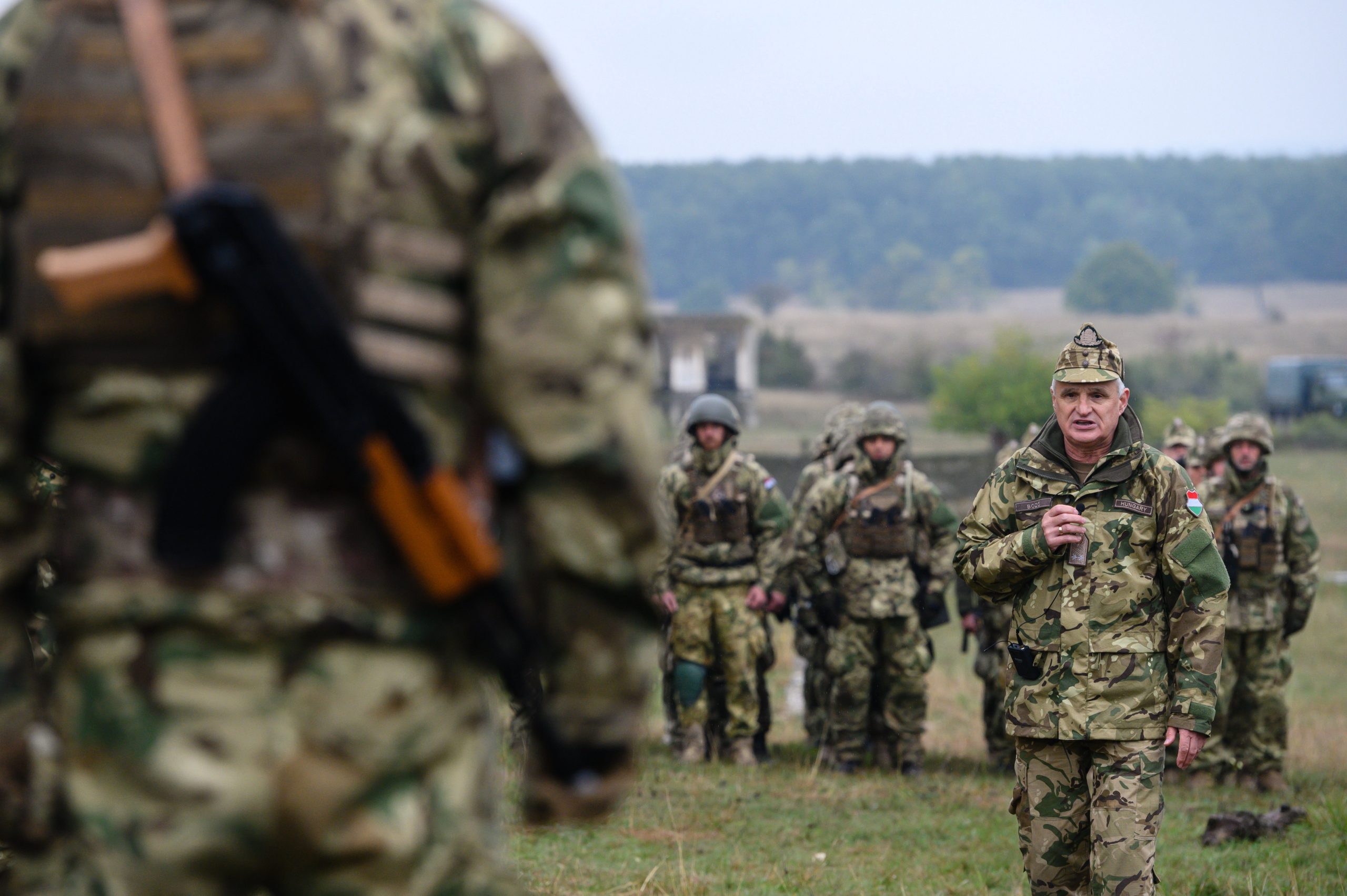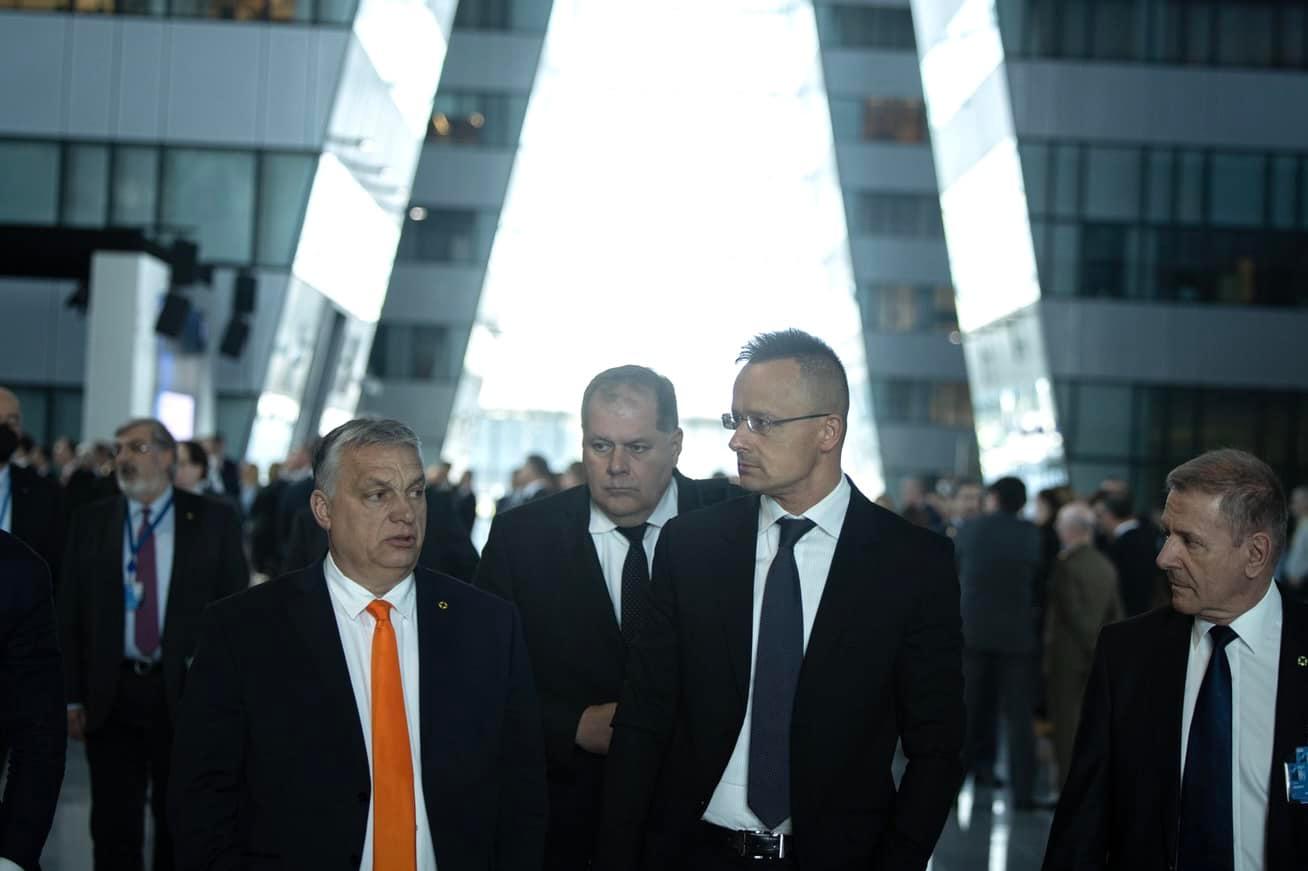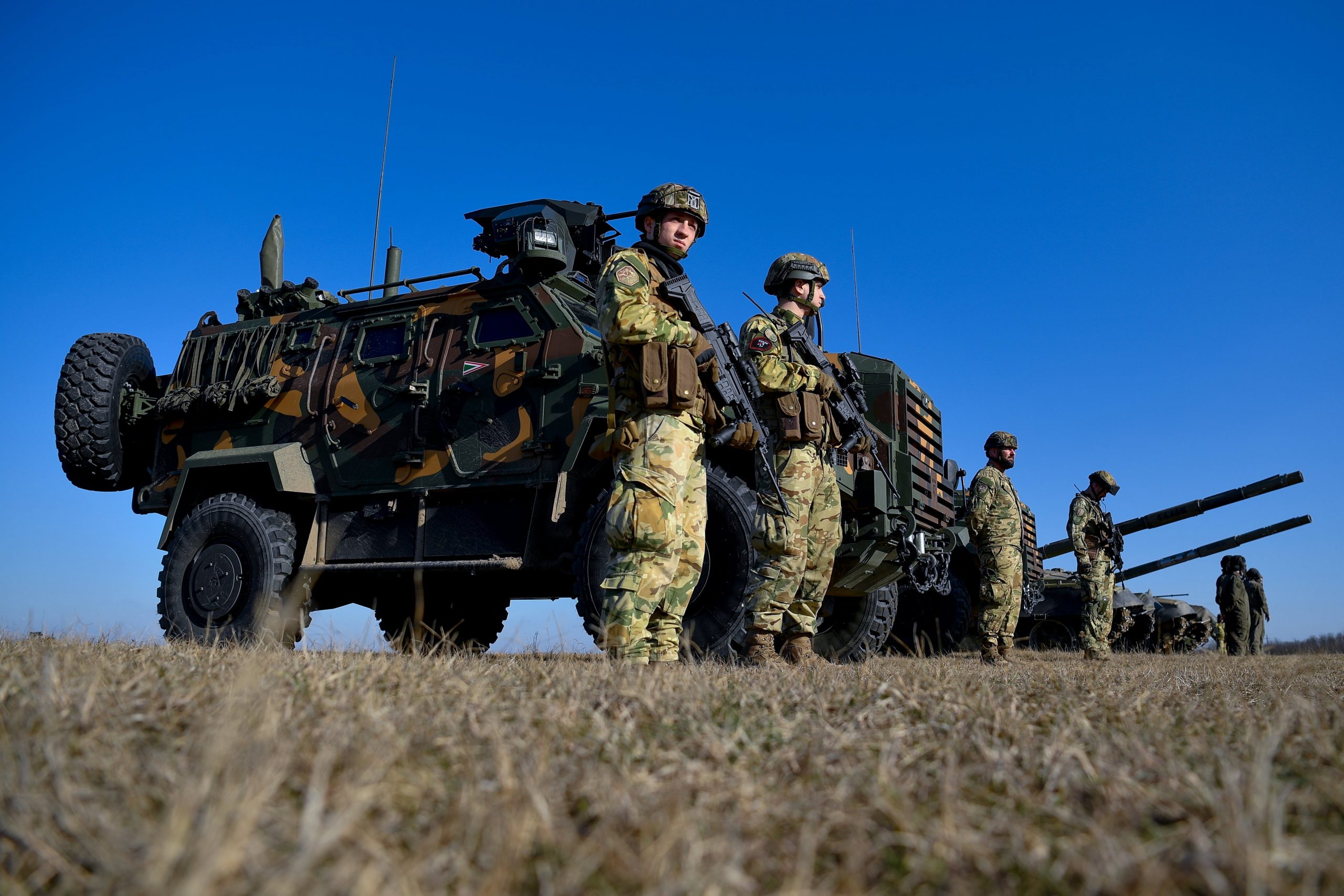
NATO is strengthening its eastern flank by deploying troops to four new battlegroups in Slovakia, Hungary, Romania, and Bulgaria, adding to the four battalion-sized battlegroups already deployed to Estonia, Latvia, Lithuania, and Poland, led by the United Kingdom, Canada, Germany, and the United States respectively. Following NATO’s summit on Thursday, five nations, the United States, Turkey, Croatia, Montenegro, and Italy, voiced their intention to join the Hungarian Battalion. In total there will be eight battlegroups in the alliance’s eastern and south-eastern territories.
NATO troops entering Hungary will remain on designated military bases west of the Danube, as Defense Minister Tibor Benkő noted that circumstances do not yet warrant non-Hungarian troops being present in eastern Hungary. Hungarian troops, the Defense Minister has emphasized, function as a part of NATO, but are capable of handling the current situation on their own.
Related article
NATO to Strengthen Presence in Hungary As Well
"In response to Russia’s actions, we have activated NATO’s defense plans, deployed elements of the NATO Response Force, and placed 40,000 troops on our eastern flank, along with significant air and naval assets, under direct NATO command supported by Allies’ national deployments."Continue reading
A senior US official stated that there are now 40,000 NATO troops under NATO command focused on the eastern flank of the alliance. While their purpose is strictly defensive, the current approach has been described as a shift from a “posture of deterrence by tripwire to deterrence by forward defense,” according to Lauren Speranza, a security expert at the Center for European Policy Analysis.
According to the statement of NATO, “In response to Russia’s actions, we have activated NATO’s defense plans, deployed elements of the NATO Response Force, and placed 40,000 troops on our eastern flank, along with significant air and naval assets, under direct NATO command supported by Allies’ national deployments. We are also establishing four additional multinational battlegroups in Bulgaria, Hungary, Romania, and Slovakia. “
According to the Hungarian Foreign Minister, the Hungarian battlegroup was created and currently operates under the Hungarian Defence Forces, within the NATO framework. Minister Péter Szijjártó estimated that the five nations joining the battlegroup will send a few hundred non-Hungarian soldiers to Western Hungary.
Related article
Ukrainian War - FM Szijjártó: Five NATO Nations to Join Hungarian Battalion Battle Group
The troops concerned will be stationed west of the Danube and involved in joint training and exercises, the Foreign Minister said.Continue reading
What Does a NATO Battlegroup Look Like?
The details regarding the incoming battlegroups, such as the number of troops and types of forces, are not certain at the moment. To help explain what a multinational battlegroup is, it may be helpful to take Battlegroup Poland as an example. Consisting of 10,500 troops, this is the largest of the four which have existed in Poland and the Baltic countries.
The United States’ 2nd Cavalry Regiment makes up the majority of the personnel, equipped with Stryker Infantry Carrier Vehicles intended for rapid mobility and maneuvering. The United Kingdom’s Legion Troop is the battlegroup’s primary scouts and reconnaissance unit, equipped with Jackals, vehicles designed for reconnaissance, rapid assault, and fire support. The Croatian Army’s MLRS Battery provides artillery support, capable of firing rockets up to twenty kilometers, but also has a battery of M777 howitzers which are more accurate. The Romanian Army’s Air Defense Detachment, Blue Scorpions, provide air-defense capabilities.
Related article
Hungarian Troops Arrive Continuously in Eastern Hungary - PHOTOS!
They will support police forces in dealing with a possible wave of refugees and in providing humanitarian aid, and they will also guarantee the safety of Hungarians in the worst-case scenario, when armed groups drift into Hungary, the head of the army said.Continue reading
These troops are all part of NATO’s Enhanced Forward Presence military force, aimed at protecting and securing NATO’s eastern flank. The NATO troops entering Hungary will no doubt function similarly to already existing battlegroups, likely at a smaller scale. While they will remain West of the Danube, joint military exercises and cooperation can be expected.
Featured photo illustration by Tamás Vasvári/MTI



